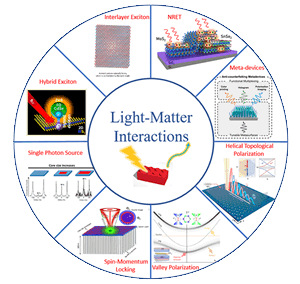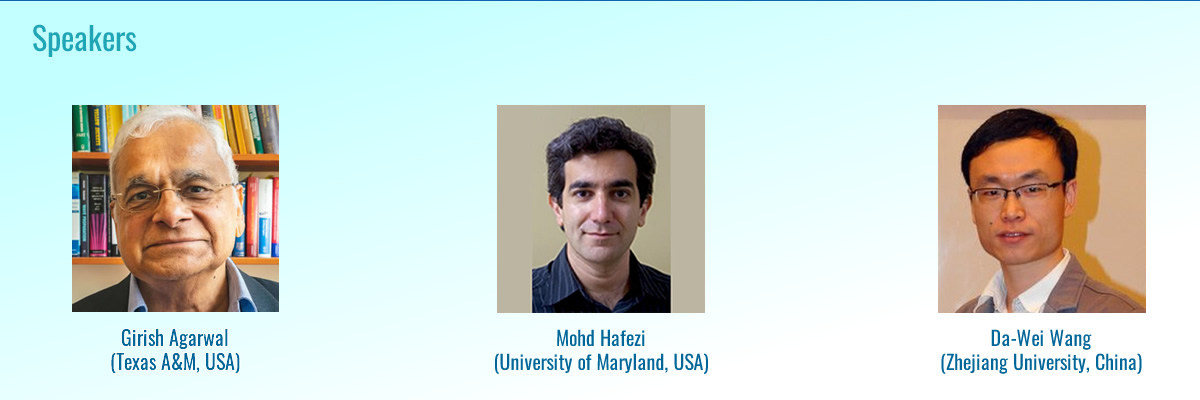Important Dates
About the workshop
 The discovery of graphene and related family of layered materials like transition metal dichalcogenides (TMDs) which can exist as two dimensional layers with weak (van der Waals) inter-layer coupling has revolutionized condensed matter physics research in the last decade. Current research focuses on discovery of new states by fabricating novel heterostructures with these materials, having controlled structure and orientation, and utilizing various degrees of freedom including charge, spin, valley or topology.
The discovery of graphene and related family of layered materials like transition metal dichalcogenides (TMDs) which can exist as two dimensional layers with weak (van der Waals) inter-layer coupling has revolutionized condensed matter physics research in the last decade. Current research focuses on discovery of new states by fabricating novel heterostructures with these materials, having controlled structure and orientation, and utilizing various degrees of freedom including charge, spin, valley or topology.
Formation of new states is quite often triggered by interactions of these materials with light having controlled polarization, amplitude and phases. The emergence of artificial photonic media such as “metamaterials” and “photonic crystals” offer a new-found freedom to engineer the electromagnetic environment and coupling of material excitations to such artificial media now presents a unique opportunity to coherently manipulate matter with light.
Coordinators
(Texas A&M, USA)
(CUNY, USA)
(U Penn, USA)
(IISc Bangalore, India)
Organised by

Sponsored by







